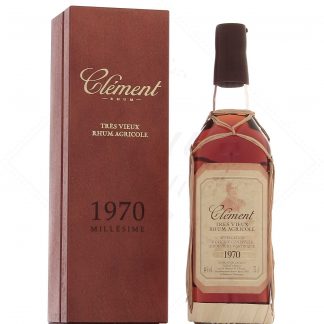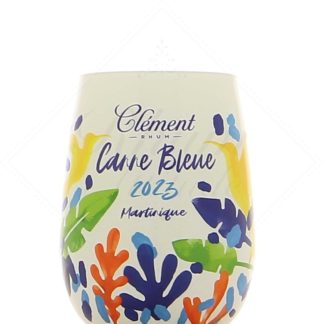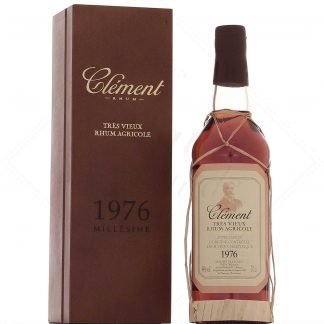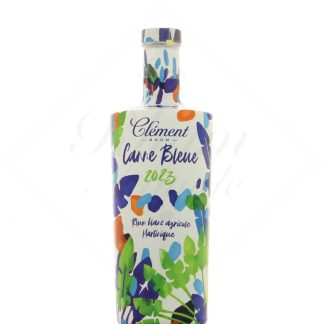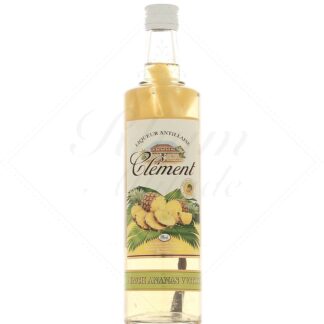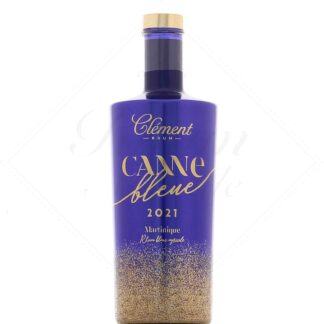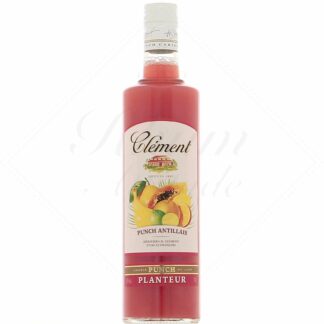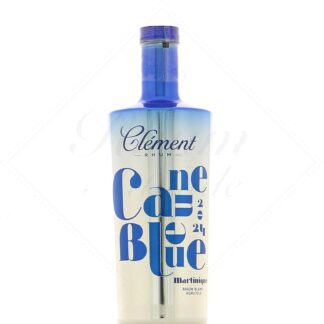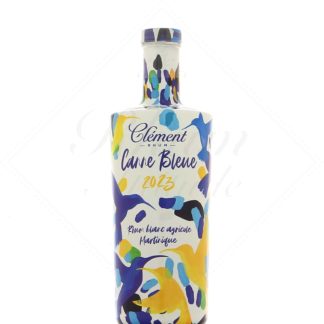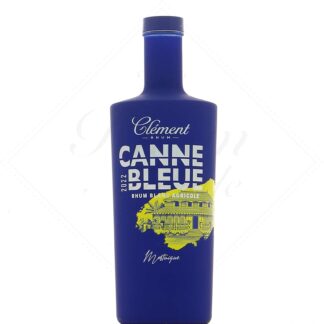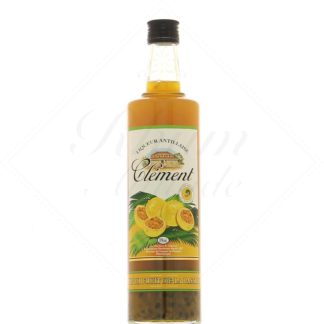Clément

The history of Clément rum
Before habitation Clément, there was habitation Acajou, founded in 1700. Like many sugar estates, Acajou went bankrupt in the wake of the 1884 sugar crisis. Seized and then auctioned off, its 131 hectares, dwelling and facilities were sold to a certain Docteur Homère Clément. This politician, mayor of Le François, was the first black man to acquire a property of this size in Martinique.
He divided his time between his mandate as a Member of Parliament and cane cultivation, until 1917, when he rebuilt the old distillery at the Acajou dwelling. There he promoted rhum agricole, still in competition with industrial rum.
When he died in 1922, his son Charles inherited the property and reopened a small sugar mill. But he concentrated mainly on the distillery, modernizing it and improving yields. In 1930, the Acajou brand was created. At the time, Acajou was the exception, bottling its own rums. At the time, most of the rum produced was sent in bulk to traders in mainland France. Acajou was among the first to export its rum to mainland France.
Charles Clément bought the Moneroy dwelling in 1932, expanding his agricultural estate by a further hundred hectares. In 1938, the distillery was destroyed by fire. Once rebuilt, it increased its production capacity fivefold, becoming the most efficient on the island.
The post-war turning point
After the Second World War, Acajou rum became Clément rum. Charles Clément's sons spread the product far beyond Martinique, and one of them even set up a subsidiary in Bordeaux.
Charles died in 1973, bringing with him financial difficulties and family disputes. The Cointreau group took over management of the company, but was unable to turn things around. The company was sold to the Hayot group in 1986.
In 1988, the distillation columns stopped flowing into the house, and were sent to Simon. The cellar, however, is still there (it was opened to visitors in 1989), as are the reduction, brewing, ageing and bottling operations. In addition to its old and vintage rums, Clément is diversifying its range with punches and shrubb.
TheMartinique AOC is registered in 1996. Clément acquired new winery facilities, and set up an art foundation dedicated to promoting Caribbean art. At the same time, the house is listed as a historic monument.
Production of Clément rum
The sugar cane harvest in Martinique takes place between February and June. As Clément produces rhum agricole, i.e. pure fresh cane juice, this period corresponds to the distillation campaign.
The cane is pressed, watered and then pressed again, to ensure that all its sweet juice is obtained. Laboratory tests are carried out to determine the sugar content and acidity of the juice. In this way, quality is controlled, and fermentation can be adjusted if necessary, depending on these criteria.
The Simon distillery is self-sufficient in energy, since its boilers are powered entirely by bagasse.
Fermentation of the vesou lasts 24 to 36 hours, in 20,000-liter tanks. Cane wine is measured at 5% alcohol at the end of this process.
Distillation takes place on a Creole column, from which the rum flows at 70% alcohol. This level is in line with theMartinique AOC, which also specifies that white rum must contain at least 225 grams of non-alcoholic substances per hectoliter of pure alcohol, to guarantee rich aromas.
Rum-making at the Clément dwelling
The white rum is then transported to the historic home, which boasts over 12,000 barrels in 5 cellars.
The rum is diluted and put into 64% barrels. The first months of aging are spent in new American oak barrels. The rum is then transferred to ex-bourbon barrels, and eventually to new 220-liter French oak barrels.
The proportion of angels is 8% per year, but we use topping to try to limit it.
The range of Clément rums is extensive, and is now widely exported. The company was a pioneer of modern trends, launching the first single-varietal, vintage rum in 2001: Clément canne bleue. It also set itself apart by offering the most expensive bottle in the world. This is a 1966 vintage bottled in Baccarat crystal, with a gold and diamond cork. Read less

